The Québec maritime Blog
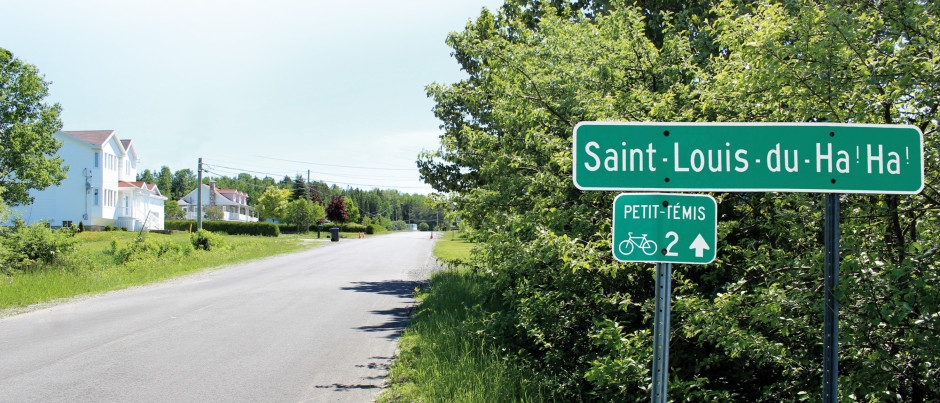
- Municipalité de Saint-Louis-du-Ha! Ha!
Are You Familiar with These Unusual Place Names in Eastern Québec?
If you’ve ever travelled the roads of Eastern Québec or glanced at a map of these regions, you’ve probably noticed the many unusual place names given to towns and villages and even lakes, rivers, capes and mountains. Find out the origins of some of these interesting and unique place names, including a few really funny ones!
Derived from Indigenous languages
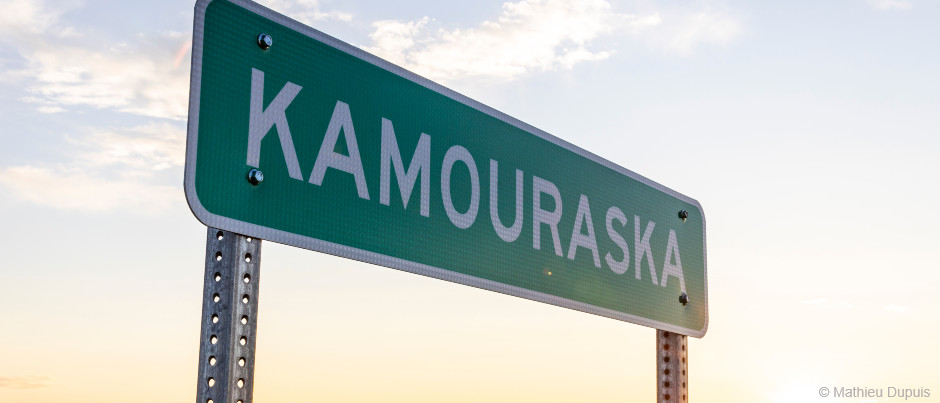
When visiting Eastern Québec, you’ll encounter the rich and vibrant culture and heritage of the local First Nations peoples, which is reflected in many place names. Kamouraska, Pohénégamook, Sayabec (“Saybec”), Amqui (“Amkwi”), Les Escoumins and Natashquan are all names of towns or villages in our regions derived from Indigenous languages. To discover the meaning of these names and find out about others, read our series of blog posts on the First Nations peoples in Eastern Québec: the Wolastoqiyik, the Mi’gmaq and the Innu.
Influenced by Catholicism
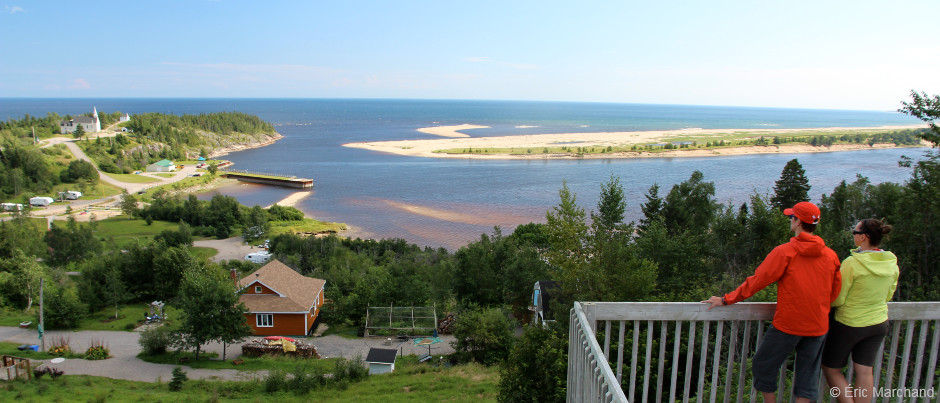
As is true throughout the province, the Catholic Church has had an important influence over our history. Many place names testify to this, including Saint-Modeste and Notre-Dame-des-Sept-Douleurs (Our Lady of Seven Sorrows) in Bas-Saint-Laurent; Sainte-Madeleine-de-la-Rivière-Madeleine (St. Magdalene of the Magdalene River) in Gaspésie, (which also happens to be the municipality with the longest name in Quebec!); Rivière-Pentecôte (Pentecost River) in Côte-Nord (the name of the river and village is attributed to Jacques Cartier, who arrived in the area on the holy day of Pentecost in 1535); and Fatima in the Îles de la Madeleine (named after the Portuguese town where the Virgin Mary is said to have appeared several times), just to name a few!
Named after animals
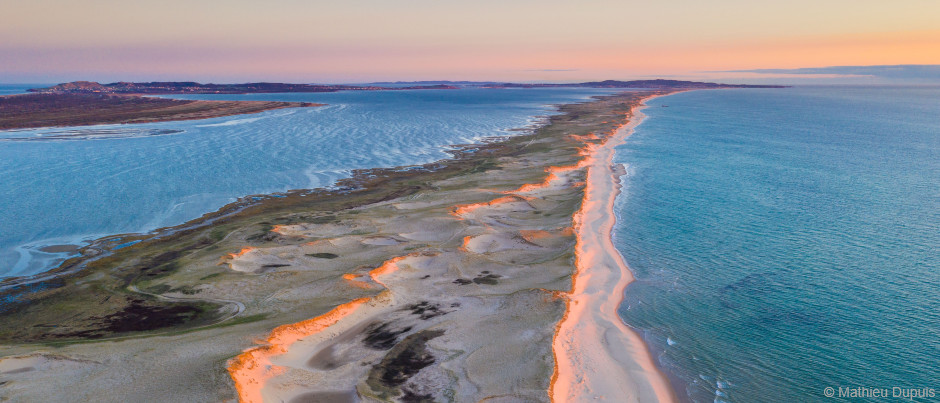
Places named after animals always delight children! Some examples in our regions are Rivière-du-Loup (Wolf River) in Bas-Saint-Laurent and Pointe-aux-Loups (Wolf Point) in the Îles de la Madeleine; Chute-aux-Outardes (Bustard Falls) and Pointe-aux-Outardes (Bustard Point) in Côte-Nord; Tête-à-la-Baleine (Whale Head) on the Lower North Shore (also in Côte-Nord), as well as Cap-au-Renard (Fox Cape) and Cap-Chat (Cat Cape) in Gaspésie. So, in addition to seeing many animals in our regions, you’ll also find them popping up in place names!
Reflecting local stories
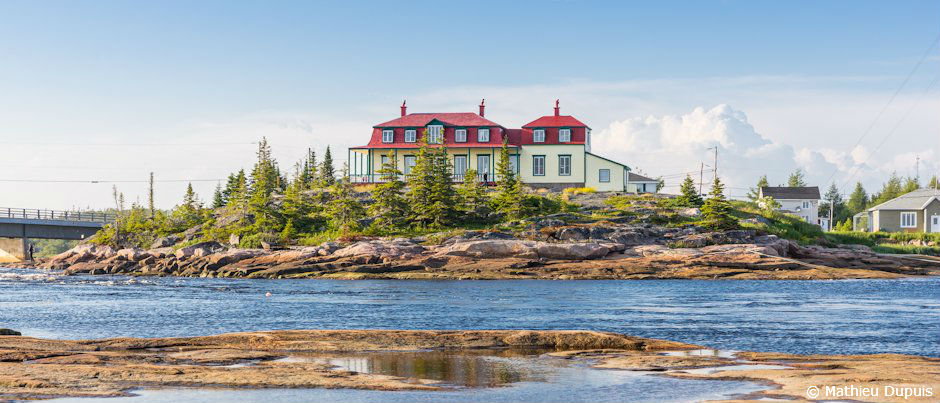
Very often, places are named after local legends, real-life events or local people. Did you know that Manche-d’Épée (Sword Hilt), in Gaspésie, was so named because the first pioneer of this village found a broken sword on the shore? The hamlet of Baie-Johan-Beetz, in Côte-Nord, was named after Belgian aristocrat Johan Beetz, who’s credited with saving the village during the Spanish flu epidemic of 1918 by quarantining it. In the Îles de la Madeleine, it’s very common for capes, coves and other landforms to be named after Islanders: Anse à Johnny (Johnny’s Cove), Anse à Alphonse (Alphonse’s Cove), Pointe à Nelson (Nelson’s Point), Cap à Adèle (Adèle’s Cape), Cap à Célestin (Célestin’s Cape), Cap à Isaac (Isaac’s Cape), etc.
Inspired by the landscape
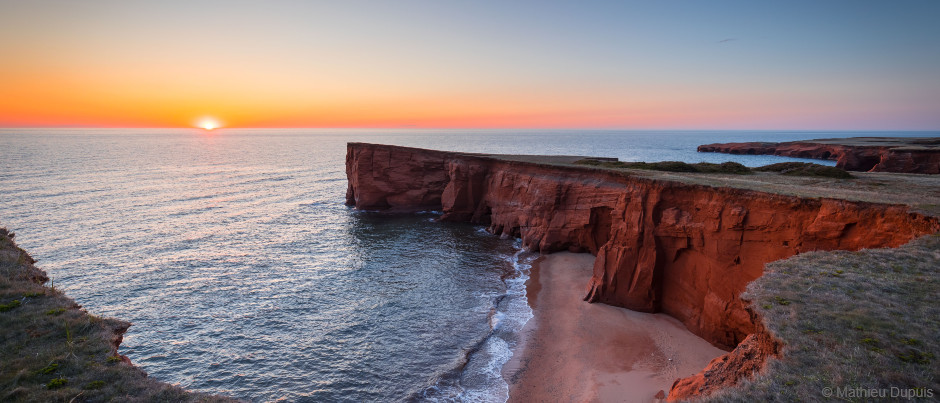
Landforms can also be the source of certain place names. In Gaspésie, for example, the village of Les Boules (The Balls) was named after the rounded shape of the rocks offshore in the St. Lawrence, and Grosses-Roches (Big Rocks) gets its name from the numerous rocks revealed at low tide. On the Islands, you’ll find Big Hill, the highest point in the archipelago, on Entry Island; Belle-Anse (Beautiful Cove), which is as beautiful as its name suggests; and Corps-Mort (Dead Body), a rock off Havre Aubert Island shaped like a corpse. Corps Mort is also the name of a beer made by the À l’Abri de la Tempête microbrewery.
Misleading names
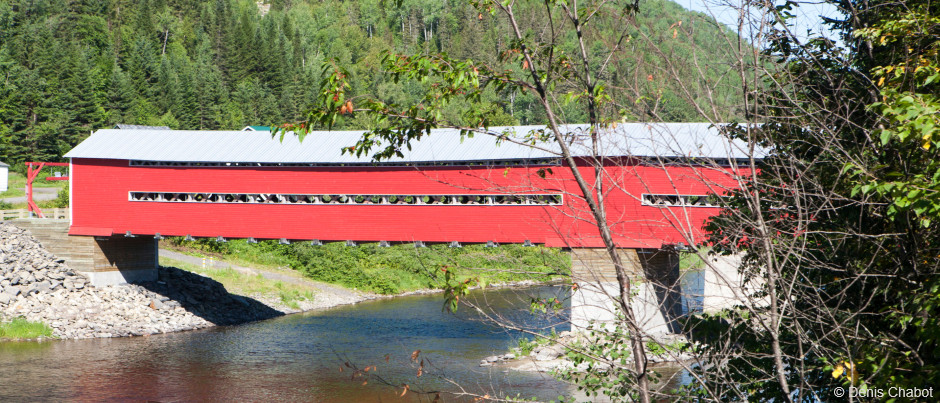
Some place names are misleading, evoking something other than what they are. This is the case of Routhierville (Routhiertown) in Gaspésie, which isn’t a town at all but rather a tiny community where only a dozen people live. In Côte-Nord, about 100 km (60 mi.) north of the Manicouagan Reservoir, you’ll find Lac Pas d’Eau (No Water Lake)—while it’s true that the water level can get very low, it’s still a pretty funny name for a lake! There’s also Grosse Île (Big Island) in the Îles de la Madeleine, which is in fact one of the smallest of the archipelago’s main islands (though it has a relatively high relief compared to the others).
The funny ones
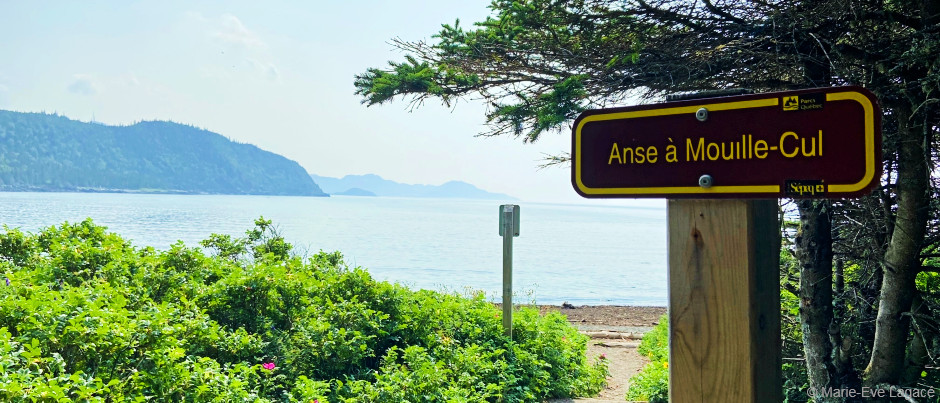
Then there are the place names that are bound to make you laugh, such as Saint-Louis-du-Ha! Ha! in Bas-Saint-Laurent! There are several theories as to why this parish was given such a strange name, but the most plausible one is based on an archaic meaning of the term haha, which designates an impasse, in this case referring to the pronounced curve of Lake Témiscouata near the village (which meant travellers were forced to portage for 80 km or 50 miles)! Still in this region, you’ll find Anse à Mouille-Cul (Wet Bottom Cove) in Parc national du Bic and Anse Qui-Pue (Stinky Cove) on Basques Island. In Côte-Nord, there’s the Moisie (Moldy) sector in Sept-Îles, home to a salmon river and a superb beach, and Baie des Tous-Nus (Stark Naked Bay) in Port-Cartier, a favourite spot for rock climbers. Now that you know about these places, you may be a little less surprised when you come across them on your travels!
And that’s just a small sample of the unusual place names you’ll find in Eastern Québec! Which ones are your favourites? Do you know of any others to add to our list?

(0) comment